Get ready for a blast from the past. We’re about to dive headfirst into the 90s, a decade brimming with iconic gadgets and trends that would probably leave today’s Gen Alpha scratching their heads. Seriously, imagine trying to explain some of this stuff! Let’s take a fun trip down memory lane and see just how much things have changed.
1. Dial-Up Internet
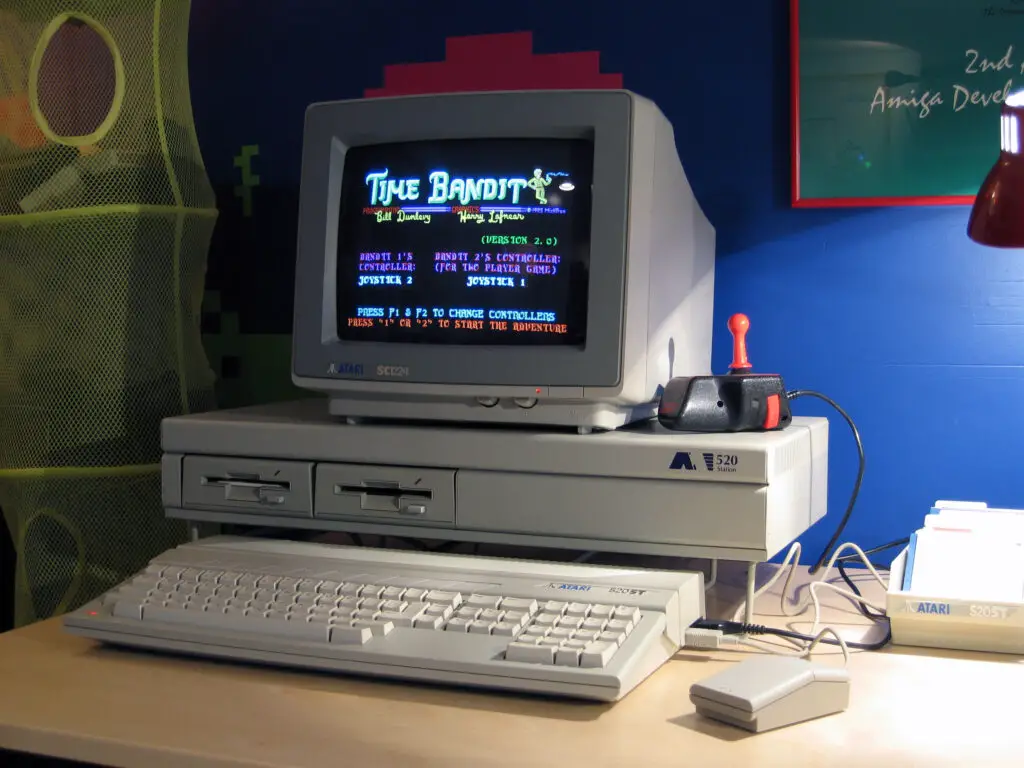
Remember that sweet symphony of beeps and boops that signaled you were about to connect to the World Wide Web? According to a Pew Research Center study, in 1995, only about 14% of U.S. adults had access to the internet. That meant most of us were relying on dial-up, tying up the phone line for what felt like an eternity just to check an email or load a single webpage. Patience was definitely a virtue back then!
Connecting involved plugging your computer into a phone jack and listening to your modem negotiate a connection with an internet service provider. Forget streaming high-definition videos instantly; downloading a single song could take upwards of an hour! It’s wild to think that Gen Alpha, growing up in a world of instant gigabit speeds, might never experience the agonizingly slow crawl of dial-up.
2. Floppy Disks
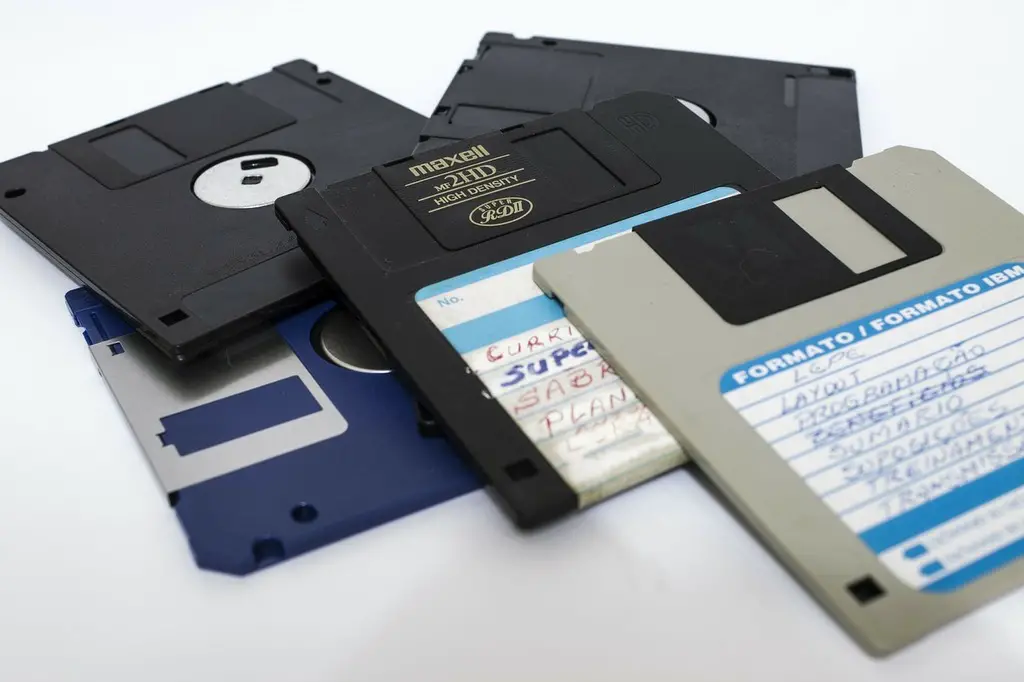
Before the cloud, USB drives, and even CDs became commonplace, floppy disks were the go-to for storing and transferring data. These flimsy squares, often 3.5 inches in size, held a whopping 1.44 megabytes of information – barely enough for a few photos today! As noted by the Computer History Museum, the 3.5-inch floppy disk became widely popular in the late 1980s and remained a standard for much of the 90s.
Think about trying to explain to a Gen Alpha kid that you had to physically insert a disk into a computer to open a file, and that a single school project might require multiple disks. The concept of limited storage space on a physical medium that could easily be bent or corrupted would probably seem incredibly archaic to them. They’re used to terabytes in their pockets!
3. Walkmans and Discmans

Remember carrying around a bulky device just to listen to your favorite tunes? Walkmans for cassette tapes and Discman for CDs were essential accessories for anyone wanting music on the go. You had to carefully rewind tapes with a pencil if they got tangled and pray your Discman wouldn’t skip if you bumped it. According to The Verge, the Walkman, introduced in 1979, revolutionized personal music listening and paved the way for the Discman in the mid-1980s.
Imagine explaining to a Gen Alpha that you couldn’t just instantly access millions of songs on a single device. The idea of flipping a cassette tape to hear the other side or having to carry around a binder full of CDs would likely seem incredibly inconvenient. Their world of seamless streaming and personalized playlists is a whole different ballgame.
4. Pagers
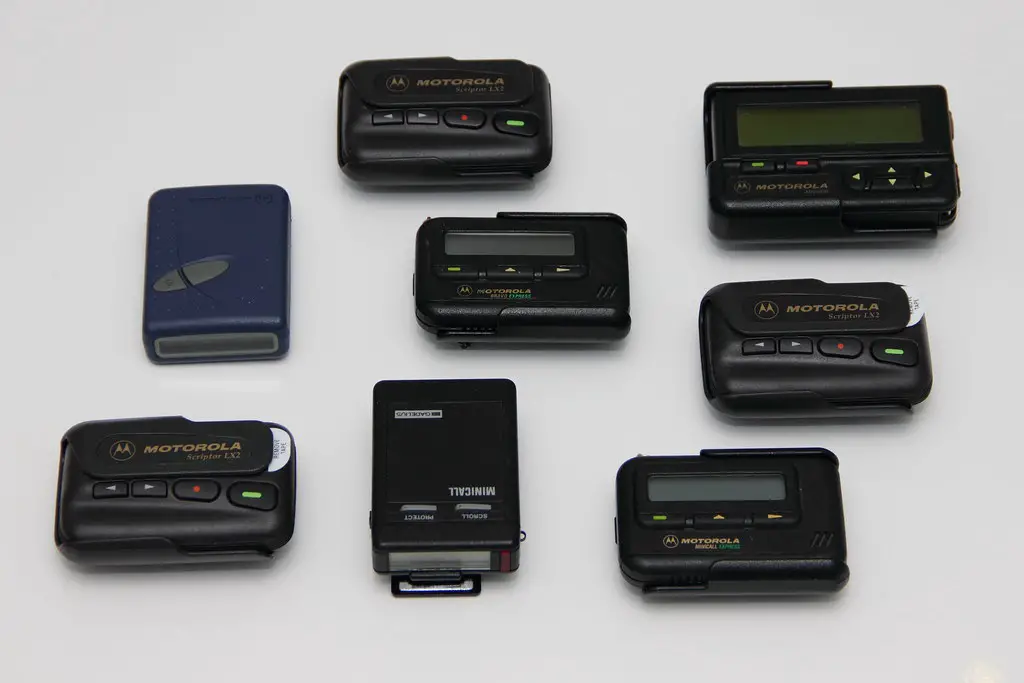
Before everyone had a cell phone glued to their hand, pagers were the primary way to stay connected (sort of). These small devices would beep or vibrate to alert you that someone was trying to reach you, displaying a phone number you then had to find a landline to call back. As reported by the Federal Communications Commission (FCC), pager subscriptions peaked in the mid-1990s before the widespread adoption of mobile phones.
Trying to explain the concept of a device that only received messages and required a separate phone call to respond would probably baffle Gen Alpha. They’ve grown up in an era of instant two-way communication, complete with emojis and video calls. The idea of waiting to find a payphone to return a page must sound like something out of a history book!
5. Tamagotchis

These little virtual pets were a massive craze in the late 90s. You had to feed them, clean up after them, and play with them using tiny buttons, all on a small LCD screen. Neglecting your Tamagotchi often resulted in its virtual demise, much to the dismay of its owner.
Gen Alpha, accustomed to sophisticated mobile games with stunning graphics and complex storylines, might find the simple pixelated Tamagotchis incredibly basic. The constant need for attention and the limited interaction would likely seem tedious compared to the immersive digital worlds they navigate today.
6. Beanie Babies

These small, bean-filled plush toys were a cultural phenomenon. People collected them, traded them, and even speculated on their future value. Certain rare Beanie Babies commanded surprisingly high prices on the secondary market, creating a collectible frenzy.
The idea of a simple plush toy generating such intense hype and financial speculation might seem strange to Gen Alpha. While they certainly have their own collectibles, the Beanie Baby craze was unique in its widespread appeal and the almost frantic desire to acquire specific, often subtly different, versions.
7. Oregon Trail on Floppy Disk

For many of us, Oregon Trail wasn’t just a game; it was an educational adventure (and often a lesson in dysentery). Playing it involved inserting a floppy disk into a computer and navigating a virtual wagon train across the American frontier, making decisions about supplies and facing various hardships.
Gen Alpha, with their access to visually stunning and interactive educational apps, might find the rudimentary graphics and text-based choices of Oregon Trail incredibly primitive. The concept of waiting for the game to load from a floppy disk and the simple sound effects would likely seem laughably outdated.
8. Cassette Tapes
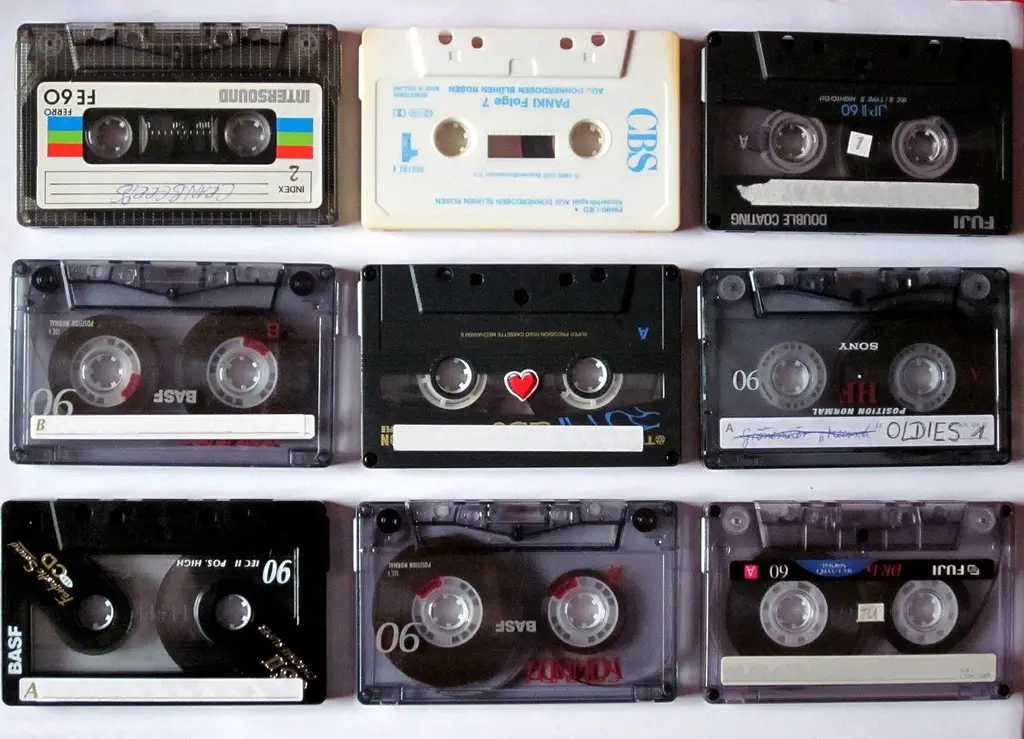
Before digital music reigned supreme, cassette tapes were a primary way to listen to albums and create mixtapes. You had to deal with tangled tape, the hiss of analog recording, and the occasional need to fast-forward or rewind to find your favorite song.
Explaining the limitations of cassette tapes – the inability to skip tracks easily, the degradation of sound quality with each play, and the dreaded tangled tape – would likely amuse Gen Alpha. Their experience with instant access to high-fidelity digital audio is a stark contrast.
9. Boomboxes
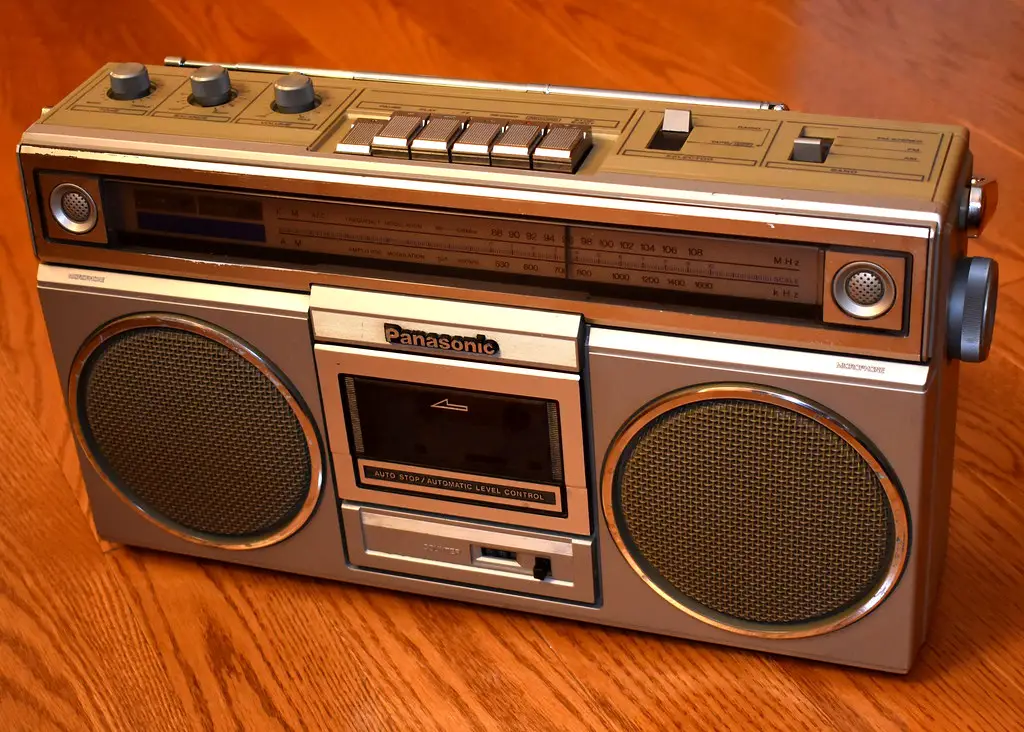
These large portable stereos were a statement piece in the 90s. Carrying a boombox on your shoulder, blasting your favorite tunes, was a common sight. They were powered by batteries and often featured dual cassette decks for recording mixtapes.
Gen Alpha, accustomed to small, powerful Bluetooth speakers that can fit in a backpack, might find the sheer size and weight of a boombox comical. The idea of needing a handful of D-cell batteries to power your music would probably seem incredibly inefficient.
10. VHS Tapes
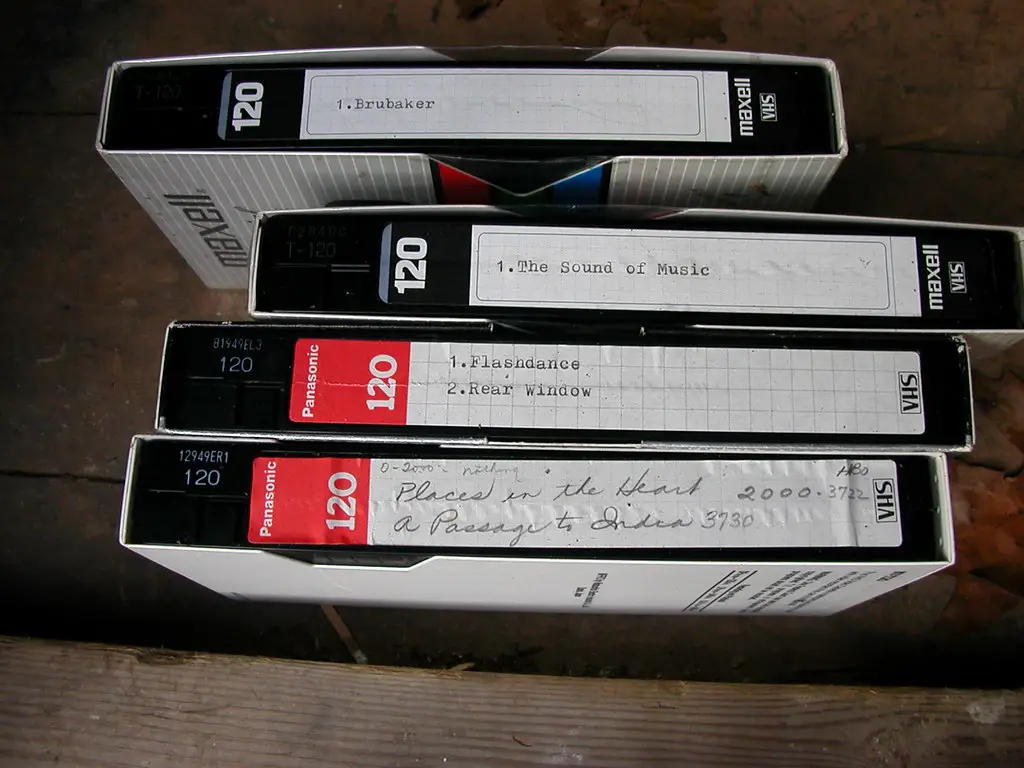
Before DVDs and streaming services, VHS tapes were the standard for watching movies at home. You had to rewind them after watching, and the picture quality wasn’t always the greatest. Plus, renting movies meant a trip to the local video store.
Trying to explain the hassle of rewinding VHS tapes, the poor picture quality compared to today’s standards, and the concept of late fees from a video rental store would likely be a foreign concept to Gen Alpha. Their world of on-demand streaming is infinitely more convenient.
11. Pogs
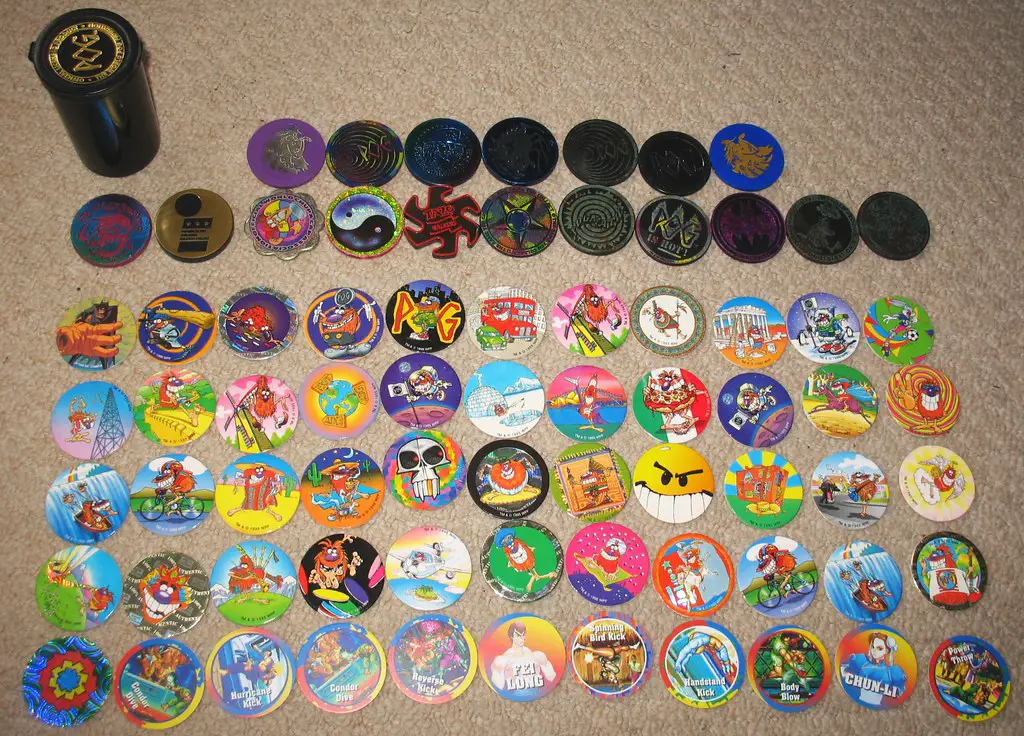
These small, cardboard milk caps became a playground sensation. Kids collected them, traded them, and played games using slammers to flip stacks of pogs. Certain designs and slammers were highly sought after.
The idea of a simple game involving cardboard circles becoming such a widespread craze might seem baffling to Gen Alpha, who are used to complex digital games with intricate rules and virtual economies. The tactile simplicity of pogs is a world away from their gaming experiences.
12. Dial-Up Modems
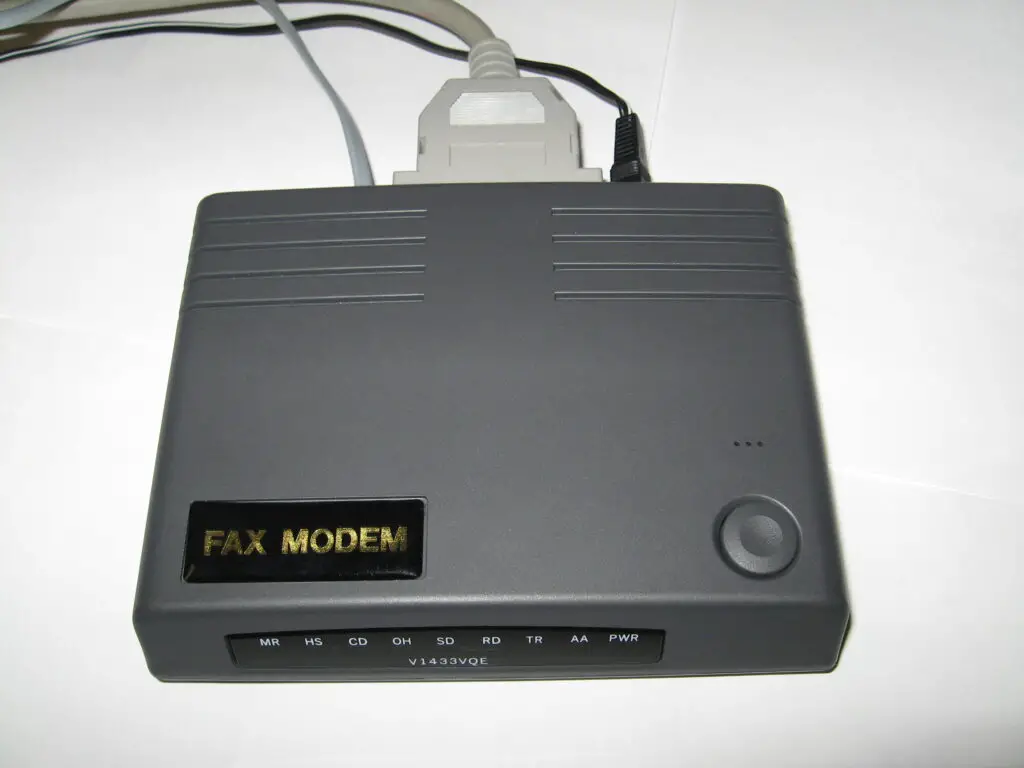
While we touched on dial-up internet, the modem itself was a distinct piece of technology. This boxy device connected your computer to the phone line, translating digital signals into analog sounds that could be transmitted and vice versa. The speed was agonizingly slow by today’s standards.
Trying to describe the function of a modem and the screeching sounds it made during connection would likely elicit confused expressions from Gen Alpha. Their understanding of internet access is likely tied to Wi-Fi and seamless wireless connections.
13. Trapper Keepers
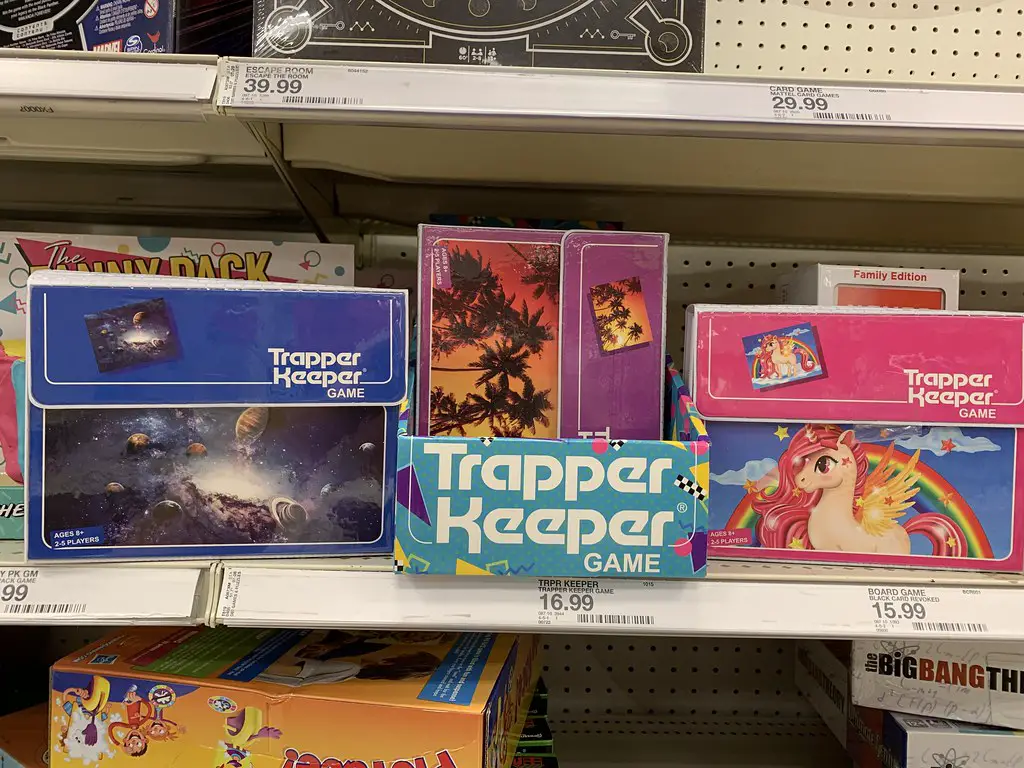
These colorful, customizable binders were a staple of school supplies. They often featured popular characters and had different compartments for organizing papers. The satisfying snap of the rings closing was a defining sound of the classroom.
Gen Alpha, with their sleek tablets and digital organization tools, might find the bulky Trapper Keeper and its paper-based system incredibly old-fashioned. The idea of physically organizing paper handouts in different folders might seem like a tedious chore.
14. Payphones
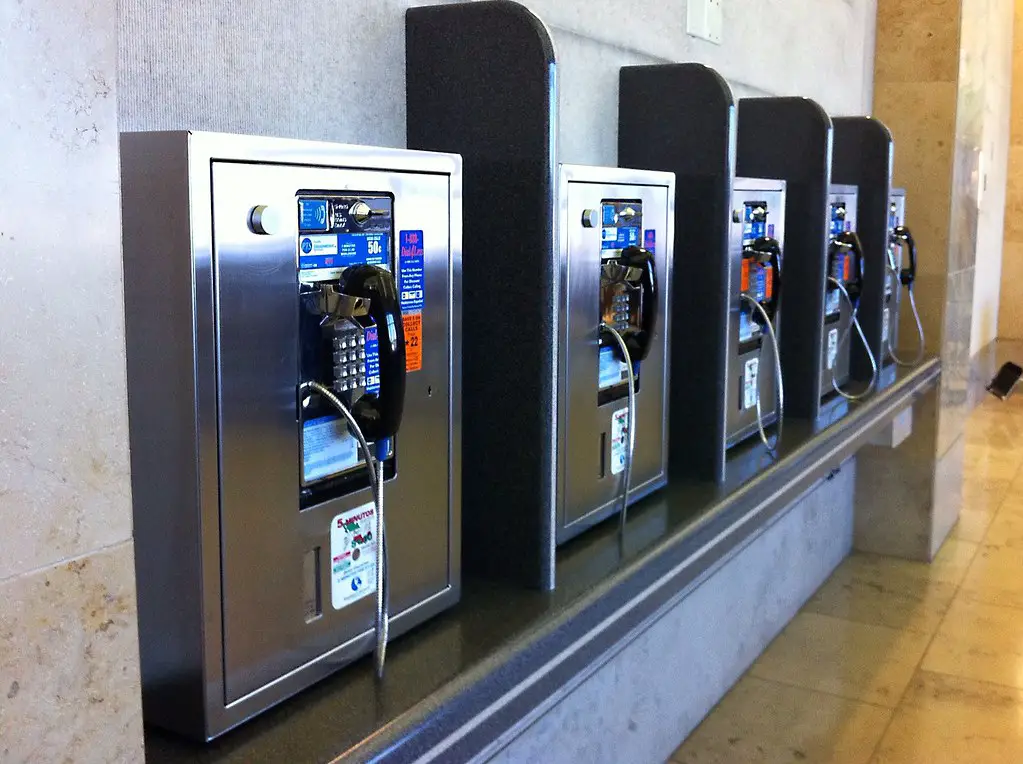
Before cell phones became ubiquitous, payphones were a crucial part of public infrastructure. You needed coins to make a call, and finding a working payphone in a convenient location wasn’t always guaranteed.
Explaining the reliance on payphones and the need to carry change just in case you needed to make a call would likely seem incredibly inconvenient to Gen Alpha. The constant connectivity they experience makes the idea of searching for a public phone booth almost unimaginable.
15. Mall Culture

While malls still exist, their role in youth culture was far more central in the 90s. They were the primary hangout spots, places to shop, see movies, and socialize. The mall was the place to be on weekends.
Gen Alpha, with their diverse online communities and entertainment options, might not grasp the singular importance of the physical mall as a social hub. While they might visit malls, it’s likely just one of many ways they connect and spend their leisure time, not the defining one.
